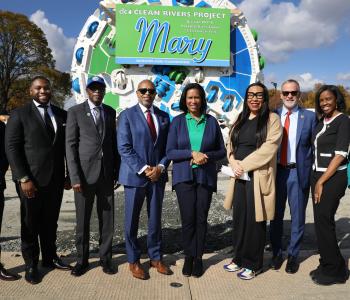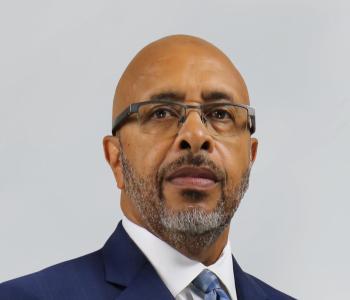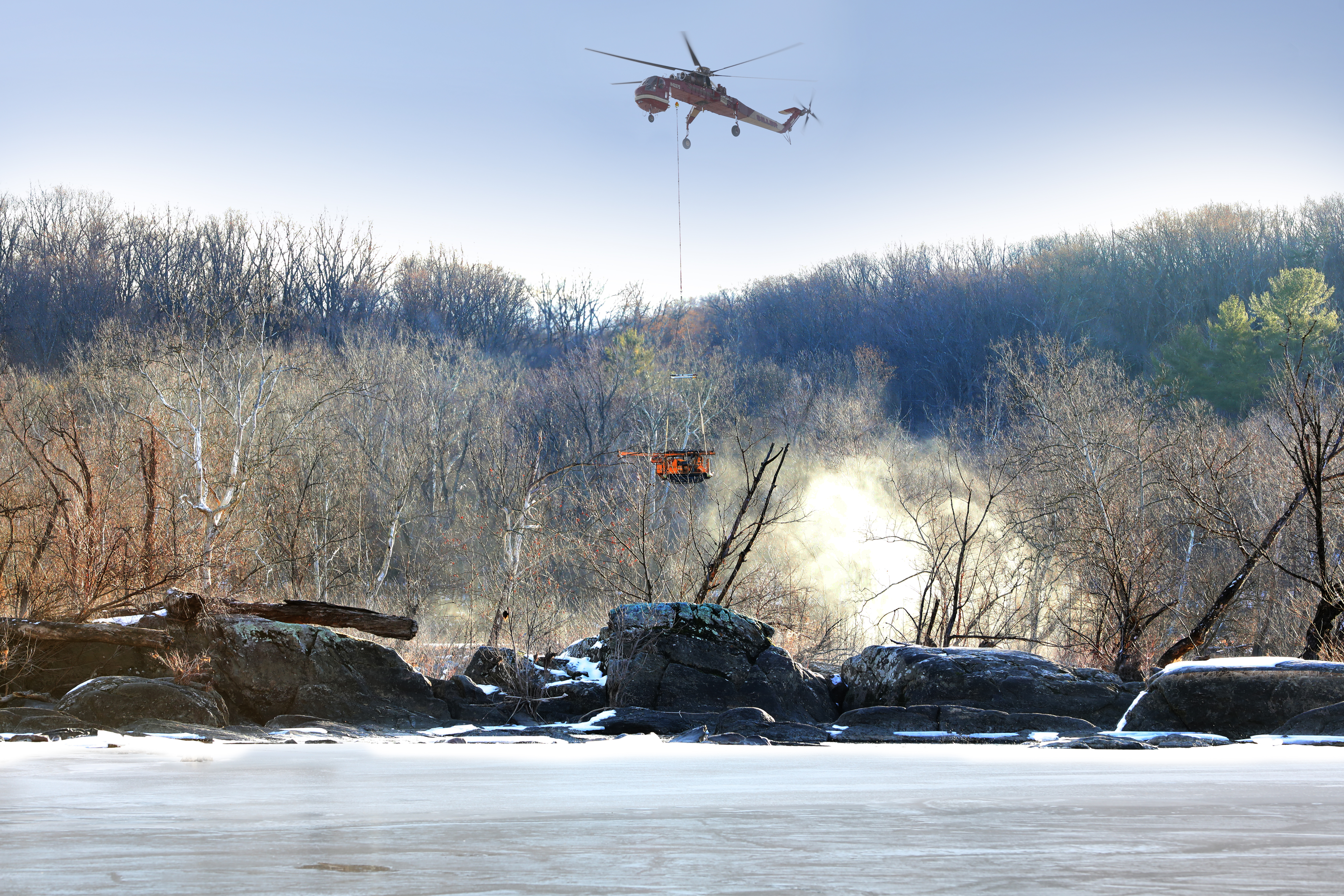DC Water CEO/GM named to board of North American Electric Reliability (NERC) Corporation
Last week, DC Water Chief Executive Officer and General Manager George S. Hawkins was elected to the Board of Trustees for the North American Electric Reliability Corporation. NERC is a not-for-profit international regulatory authority with a mission to assure the reliability of the bulk power system in North America. NERCs jurisdiction includes users, owners, and operators of the bulk power system, which serves more than 334 million people.
Commenting on the announcement, Fred Gorbet, NERC Board of Trustees Chair, said,We are pleased to have George join the NERC Board of Trustees. His unique expertise in critical infrastructure and environmental matters will greatly benefit the North American bulk power system. I look forward to working with him in the coming years to improve and enhance the reliability of the grid.
CEO and General Manager Hawkins commented, I am pleased that the nominating committee agreed that the addition of a water sector leader to the Board is a natural fit. On one hand, water utilities nationwide deliver more water to help generate power than they do to residential customers, and in parallel, water and wastewater systems are enormous consumers of power. Helping to ensure the reliability of the power grid is fundamental to both sectors. Moreover, the expert work that NERC undertakes to secure the security and reliability of the grid is directly parallel to issue we face in water systems. Both industries are also expanding rapidly in the direction of generating power and securing water resources at each home and business, to complement the traditional emphasis on large regional facilities. I look forward to working with and learning from NERC and then bringing back knowledge and innovation that can help DC Water and the residents of the District.
DC Water is the largest single point consumer of electricity in the District, with 24-hour operations, large water and sewer pumping stations and the worlds largest advanced wastewater treatment plant (treating 300 million gallons per day) in its operations.
DC Water is soon to be the first in North America to use thermal hydrolysis and anaerobic digestion to create combined heat and power, all from the solids left over at the end of the wastewater treatment process. This power is managed with an on-site power plant, providing added reliability in the event of a power grid disturbance. In addition, DC Water is investigating the feasibility of installing solar cells throughout the treatment plant and in other locations.
Hawkins will serve on the Corporate Governance and HR, Nominating, and Finance and Audit Committees.






